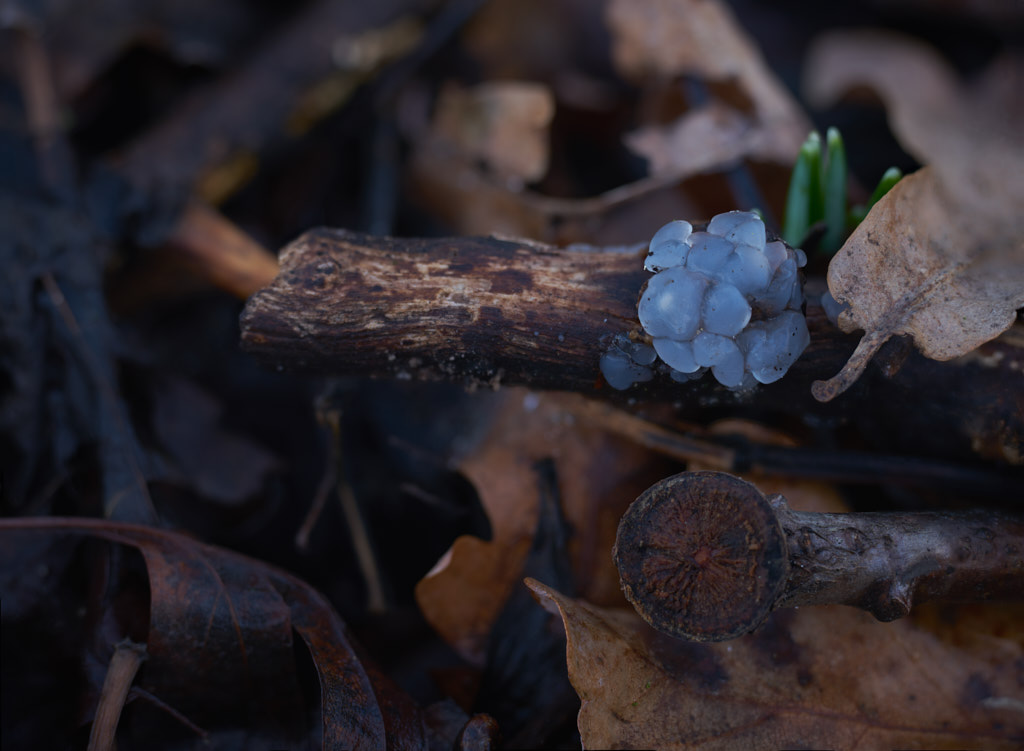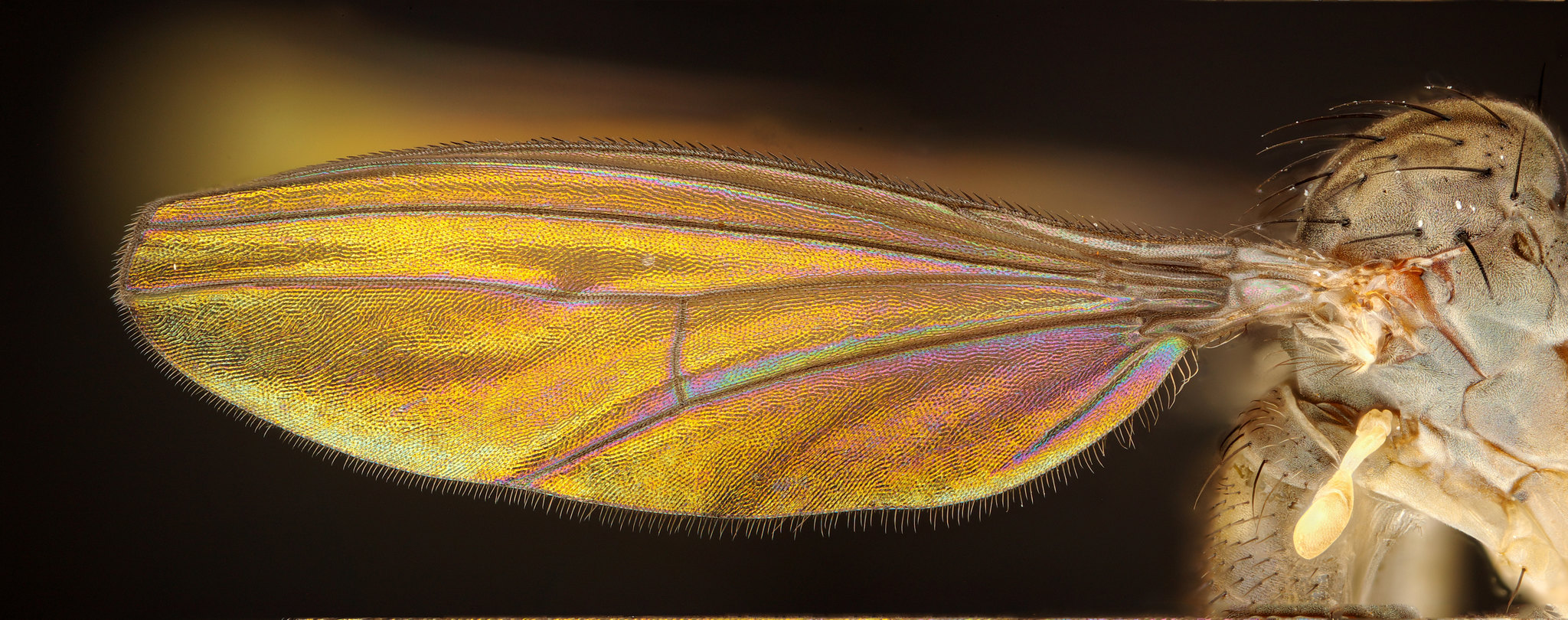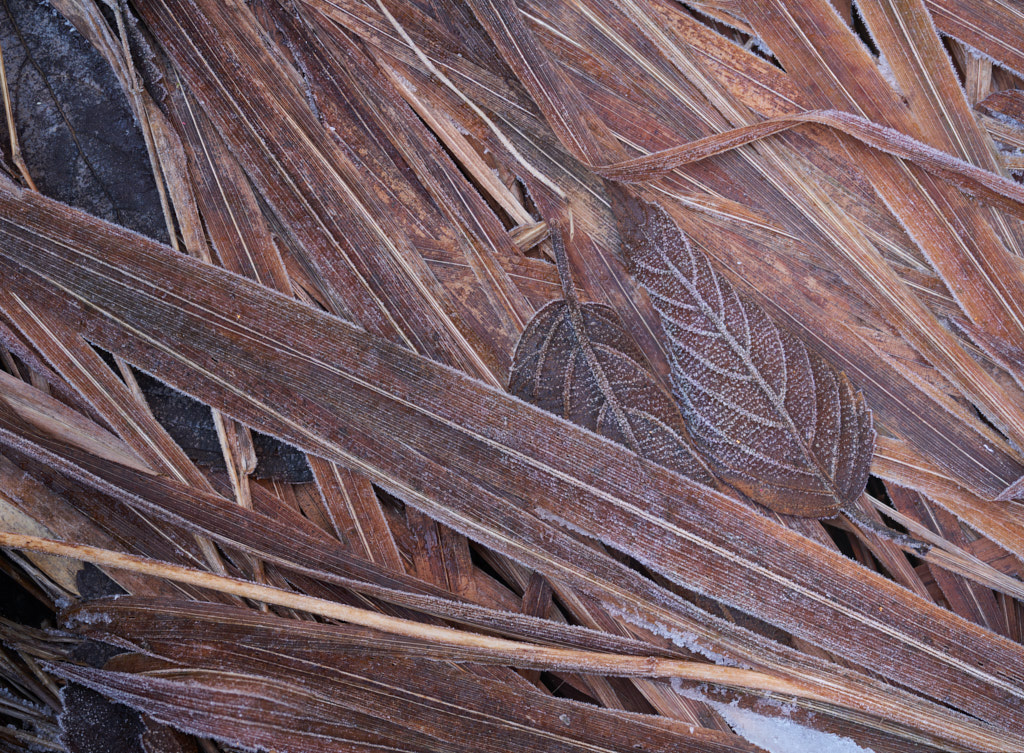The work flow is rather labor intensive, so I am hoping for any tips on how to optimise.
The shots are 3 times 8 photos, i.e. 8 3-shot panorama's. Btw the photos are taken in portrait, movement is 10 mm to the left respectively to the right.
Workflow:
1) copy files to disk
2) import into CaptureOne (C1)
3) export from C1 to full size 16 bit TIFF
4) load first 3 into PtGui
5) input focal length
6) align
7) add control points for bokeh-only photo
8) size and crop panorama
9) export to TIFF
10) remove source images
11) repeat 3 to 10 (7 more times in this case
61) import the 8 TIFFs (the panoramas) in C1
62) crop all to the same size (PTGui's output files are all slightly different in dimensions)
63) export the 8 cropped pano's to 100% 16 bit TIFF's
64) from now on standard stacking
Suggestions for improvements?
Btw here's my first result which isn't spectacular, but more of a trial to what goes wrong (various things go wrong the first time I try something). A bit of vignette was added. The Zeiss S-Planar 100mm f4 (for Contax bellows) appears to have no problem covering the extended image circle.
 zwampano by Hans van den Bosch, on Flickr
zwampano by Hans van den Bosch, on Flickr
 [/img]
[/img]
